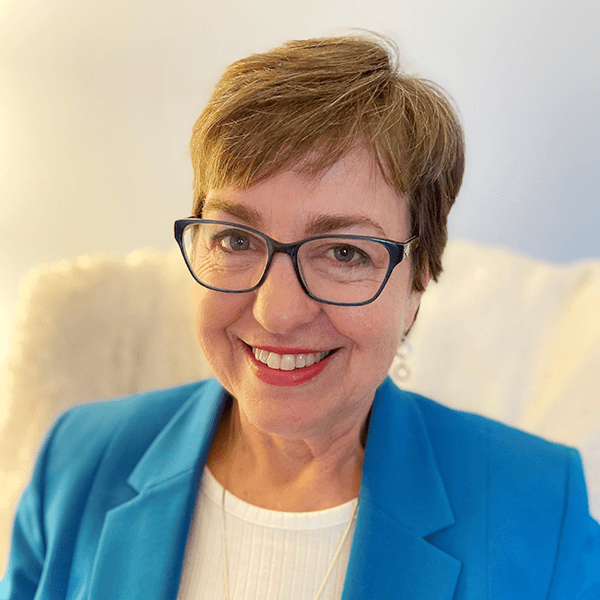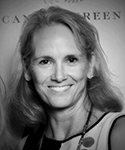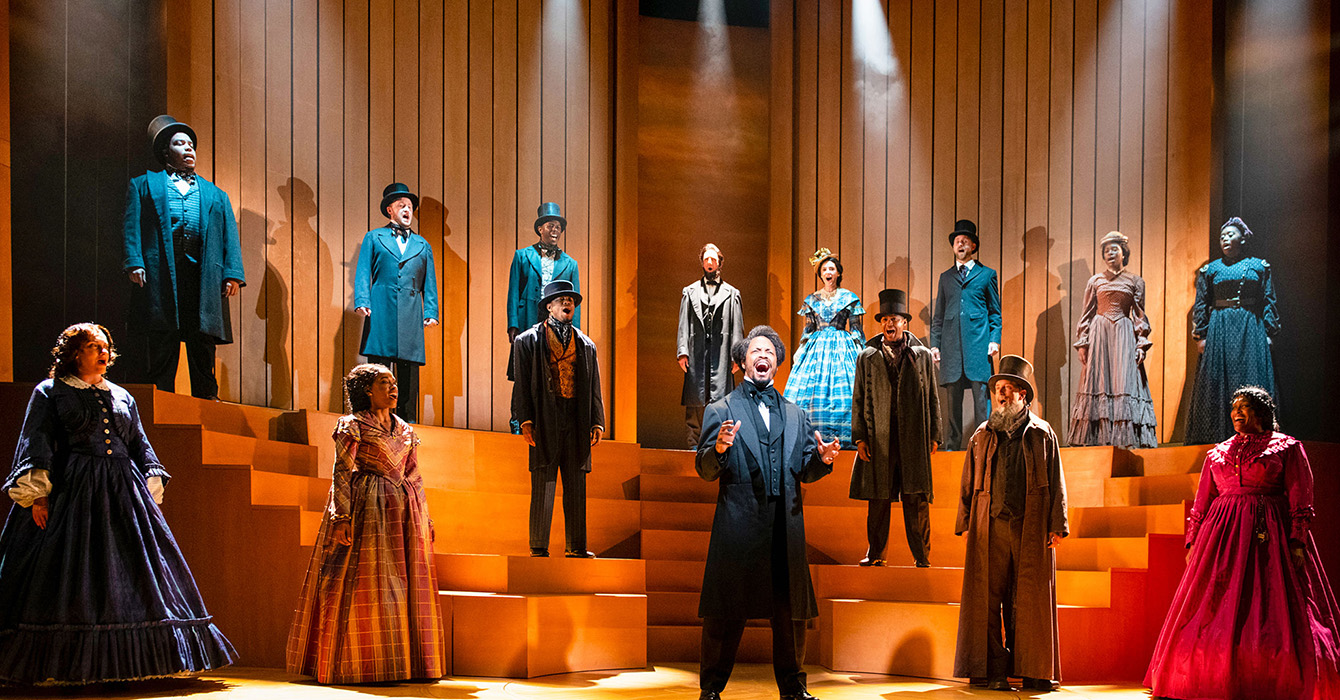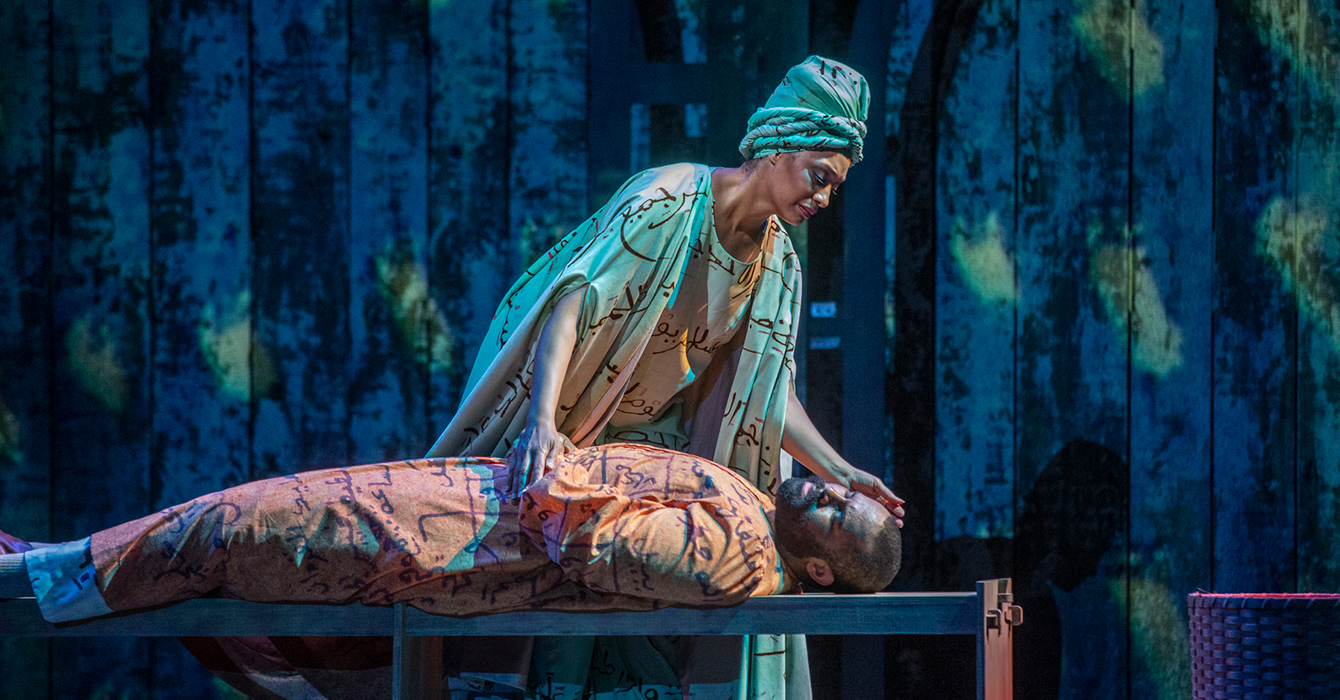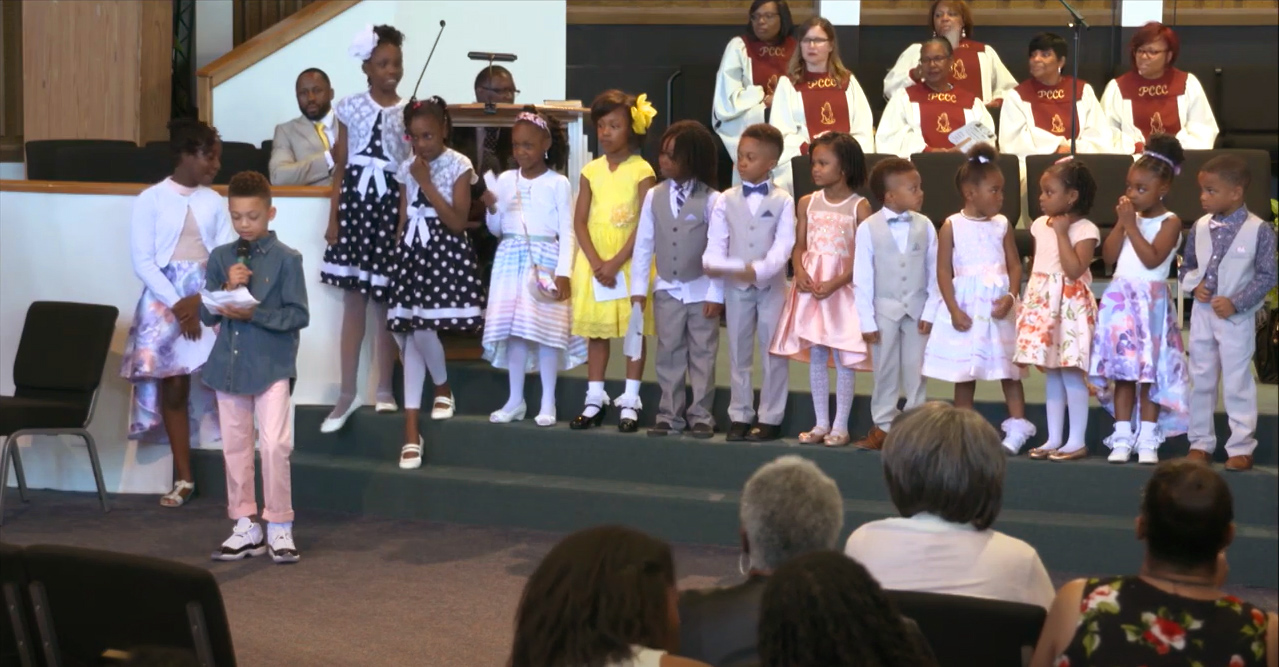I’ve learned facilitation skills, leadership theory and to how think institutionally from many fine mentors. But I’ve recently realized it was my mother’s art as a choral director that provided me with a powerful metaphor for how to lead a diverse community.
My mother, Harriet Ziegenhals, grew up a Lutheran pastor’s daughter in a house steeped in music. “The five minutes during which the choir sang each Sunday seemed like magic to me,” she once wrote.
 She majored in organ at the Cincinnati Conservatory of Music and received a master’s in sacred music from Union Theological Seminary in New York. She sang under conductor Robert Shaw for 18 years and was one of a select group of singers who sang under cellist Pablo Casals for three summers in Puerto Rico. She taught music in elementary, middle and high schools, and directed church choirs, community choirs, women’s choirs, and barbershop quartets. She also was a fine pianist, composer and arranger.
She majored in organ at the Cincinnati Conservatory of Music and received a master’s in sacred music from Union Theological Seminary in New York. She sang under conductor Robert Shaw for 18 years and was one of a select group of singers who sang under cellist Pablo Casals for three summers in Puerto Rico. She taught music in elementary, middle and high schools, and directed church choirs, community choirs, women’s choirs, and barbershop quartets. She also was a fine pianist, composer and arranger.
Perhaps my mother’s greatest musical contribution was her 23 years as founder-director of the Community Renewal Chorus, a branch of a faith-based Chicago mission agency, the Community Renewal Society, that advocates for social and economic justice. The 100-voice adult choir and associated 50-voice children’s choir performed in Chicago and on trips around the world, witnessing to the ways in which a racially torn city could work together to make beautiful music.
The singers represented various ethnicities, races, religious and economic backgrounds and sexual orientations. They were bankers, shoemakers, suburban homemakers, mothers on public assistance, doctors, postal workers, teachers and city law enforcement officers.
I watched my mother form a community of this diverse group of singers, whose lives became interdependent, whether they were singing a spiritual in a church in Romania or providing a covered dish for a fellow choir member with cancer.
I saw in her strong and effective leadership of this group three essential practices: she modeled a radical acceptance of all people; she taught them to listen carefully to one another; and she shared a clear vision of the community they could be, witnessing through their music.
Growing up, this choir was my extended family, and I watched my mother love and accept each member. Those members would call or drop by our house at all hours to talk with my mother -- a true minister of music -- about divorce, AIDS, job loss and other crises, as well as births, marriages (seven couples met and married in the choir) and other happy occasions.
I saw my mother’s nonjudging attitude toward those who were different from her. (In my graduate school years, she used to say to me, “So tell me how your feminism is coming along!”) As she modeled this respect for all people, it became the culture for her community of singers.
Second, I saw how much listening was a part of my mother’s leadership. Whenever we had tapioca pudding after supper, I knew that Mom had been on the phone with one particularly talkative chorister. As soon as this woman would call, Mom would get out the ingredients and stand at the stove stirring as she listened patiently on the kitchen landline with the long cord. She knew that tapioca, like good listening, required time and patience.
Mom also knew that if singers don’t listen to one another, there can be no true harmony. She used listening exercises in her rehearsals to help the singers learn to hear each other well and to blend their voices in collective consonance. To create and sustain community, she knew, people must come alongside and listen to one another.
Audiences were often amazed that such good sound came out of such a diverse group of singers. Some choir members had formal music training, but others, like my father, could not read music. Mom knew how to place a tenor who sang off-key next to one who could hold his part. Her hand gestures coaxed the music out of each singer, moderating some who sang too loudly and encouraging others to sing out, until the sound blended in a harmonious whole.
She was able to teach the group not only to listen to one another but to have sympathy for one another. That mutual sympathy led to the symphony of sound.
But most of all, my mother’s leadership was informed by her clarity of vision for what a community could achieve through music. She wrote in her statement of faith for the “Chicago Sunday Evening Club,” televised Jan. 27, 1985, “And perhaps this has been the greatest joy in the expression of my faith -- using the choral art to bring together people who share a mutual concern for the city and are willing to reach out with love and faith to help build bridges of understanding among a diversity of people in this country and overseas.”
Like choral conducting, institutional leadership is about accepting and appreciating all the people in your group. It is about helping them learn to hear one another and building on the strengths of particular voices. (My mother says she married my dad because he could sing both tenor and bass!)
But it is especially about knowing, articulating and conveying a vision for your group. “I am a fervent believer in the power of music to heal, to uplift, to break down barriers, to unify, to celebrate,” my mother wrote.
Through her ability to accept and listen to all people and her strong Christian calling and vision to form diverse community, my mother was my first mentor in institutional leadership.


